- Over 1 million successful rentals
Car Hire Lithuania
Save time and money. We compare the offers of car rental companies in Lithuania on your behalf.
- Free cancellation Up to 48 hours prior to the scheduled pick up time
- Best price guarantee Have you found a better price? Let us know and we will make you a better offer.
- 24000+ pick-up locations Locations around the world
Compare Car Hire
Carrentals.co.uk offers simple and straightforward car hire comparison services. We don't add a penny to your quotes!
Car rental offers in Lithuania
Whether you're looking for a small rental car or a station wagon for the entire family, we will always have a suitable vehicle for the lowest price. Below are some examples from our selection in Lithuania.
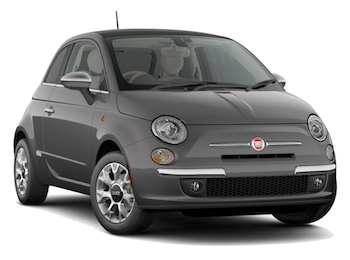
-
Green Motion From£ 5 /day -
Top Rent-a-Car From£ 8 /day
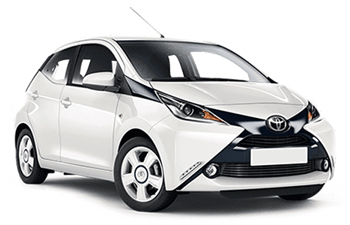
-
Green Motion From£ 5 /day
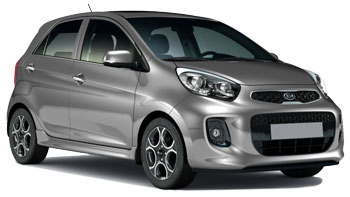
-
Top Rent-a-Car From£ 7 /day
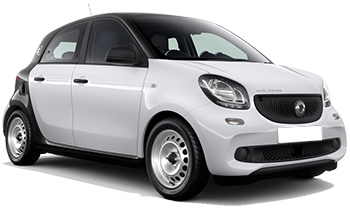
-
Green Motion From£ 5 /day

-
Top Rent-a-Car From£ 7 /day -
Green Motion From£ 13 /day -
Keddy By Europcar From£ 26 /day
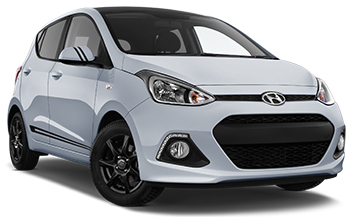
-
Top Rent-a-Car From£ 7 /day -
Enterprise From£ 16 /day -
Alamo From£ 18 /day
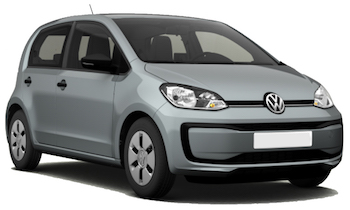
-
Top Rent-a-Car From£ 8 /day

-
Top Rent-a-Car From£ 8 /day -
Alamo From£ 12 /day -
Enterprise From£ 12 /day

-
Top Rent-a-Car From£ 9 /day
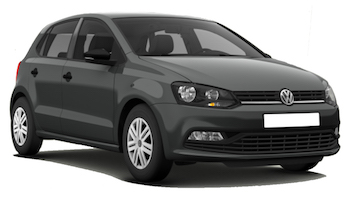
-
Green Motion From£ 5 /day -
Thrifty From£ 11 /day -
Alamo From£ 12 /day
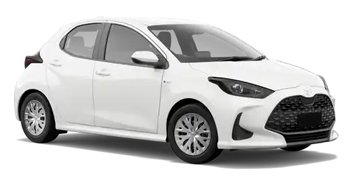
-
Green Motion From£ 6 /day -
Top Rent-a-Car From£ 11 /day -
Thrifty From£ 11 /day
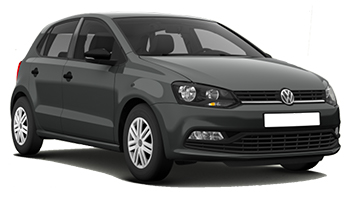
-
Top Rent-a-Car From£ 10 /day
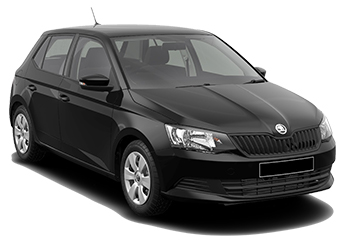
-
Goldcar From£ 8 /day -
Top Rent-a-Car From£ 11 /day -
Green Motion From£ 18 /day
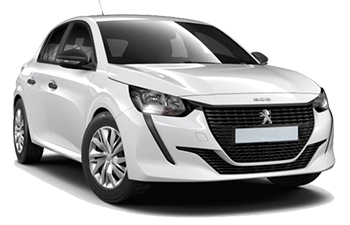
-
Top Rent-a-Car From£ 9 /day

-
Top Rent-a-Car From£ 10 /day -
Green Motion From£ 15 /day -
Thrifty From£ 17 /day
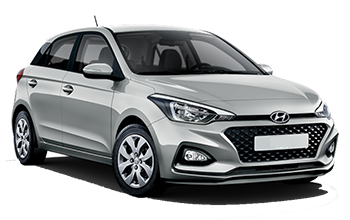
-
Top Rent-a-Car From£ 9 /day -
Alamo From£ 12 /day -
Enterprise From£ 14 /day

-
Top Rent-a-Car From£ 10 /day -
Goldcar From£ 17 /day -
Green Motion From£ 27 /day

-
Top Rent-a-Car From£ 11 /day -
Enterprise From£ 17 /day -
Alamo From£ 19 /day
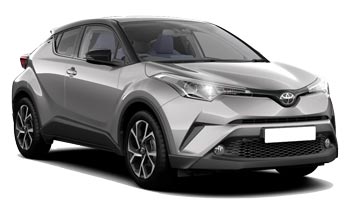
-
Green Motion From£ 8 /day -
Thrifty From£ 13 /day -
Hertz From£ 17 /day
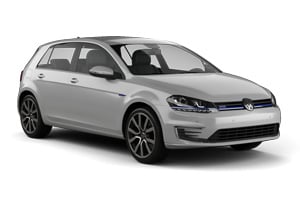
-
Green Motion From£ 8 /day -
Top Rent-a-Car From£ 12 /day -
Thrifty From£ 13 /day
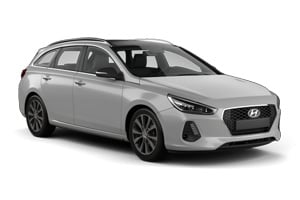
-
Top Rent-a-Car From£ 13 /day -
Alamo From£ 21 /day -
Enterprise From£ 22 /day
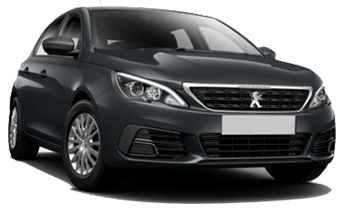
-
Green Motion From£ 9 /day -
Top Rent-a-Car From£ 13 /day

-
Green Motion From£ 10 /day

-
Top Rent-a-Car From£ 13 /day -
Green Motion From£ 19 /day
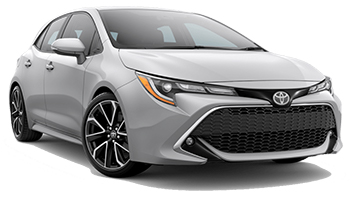
-
Green Motion From£ 10 /day -
Flizzr From£ 14 /day -
Alamo From£ 17 /day
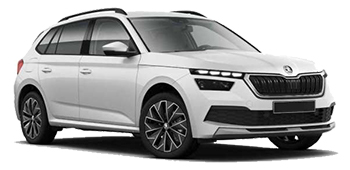
-
Top Rent-a-Car From£ 12 /day

-
Top Rent-a-Car From£ 13 /day -
Thrifty From£ 14 /day -
Green Motion From£ 16 /day
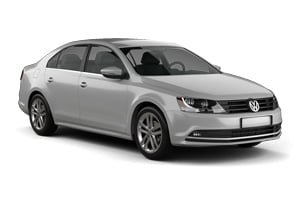
-
Green Motion From£ 11 /day -
Panek From£ 14 /day -
ACE Rent A Car From£ 17 /day
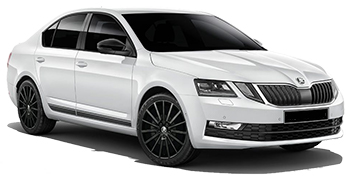
-
Green Motion From£ 11 /day -
Panek From£ 16 /day -
Thrifty From£ 17 /day
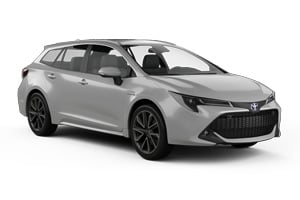
-
Top Rent-a-Car From£ 15 /day -
Thrifty From£ 21 /day -
Alamo From£ 22 /day
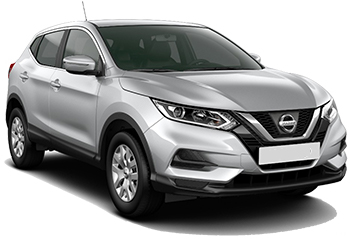
-
Green Motion From£ 12 /day -
Alamo From£ 22 /day -
Enterprise From£ 23 /day

-
Green Motion From£ 14 /day -
Top Rent-a-Car From£ 15 /day -
Thrifty From£ 17 /day
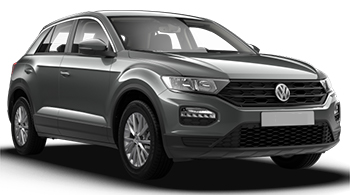
-
Top Rent-a-Car From£ 15 /day -
Europcar From£ 31 /day -
Keddy By Europcar From£ 38 /day
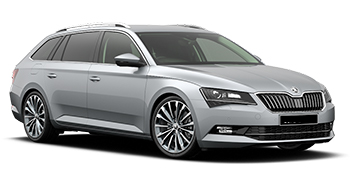
-
Green Motion From£ 14 /day
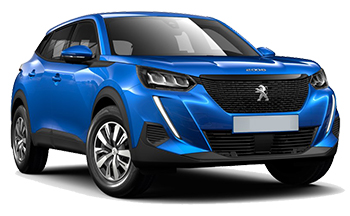
-
Top Rent-a-Car From£ 17 /day

-
Top Rent-a-Car From£ 15 /day
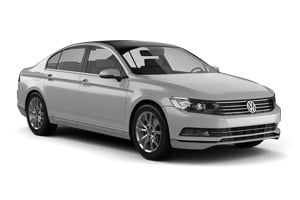
-
Panek From£ 16 /day -
Green Motion From£ 18 /day -
Top Rent-a-Car From£ 18 /day
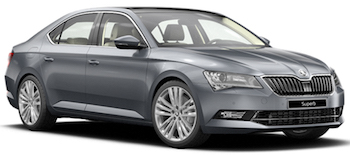
-
Green Motion From£ 18 /day -
Top Rent-a-Car From£ 18 /day -
Alamo From£ 28 /day

-
Top Rent-a-Car From£ 18 /day
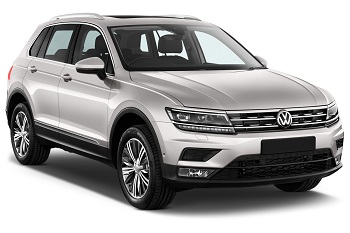
-
Top Rent-a-Car From£ 18 /day

-
Top Rent-a-Car From£ 19 /day -
Green Motion From£ 25 /day -
Alamo From£ 28 /day
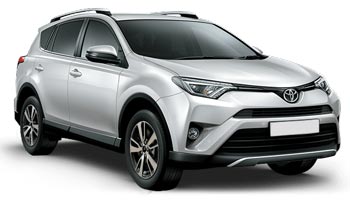
-
Green Motion From£ 18 /day -
Thrifty From£ 24 /day -
Keddy By Europcar From£ 46 /day
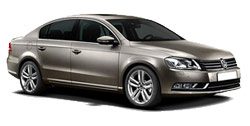
-
Top Rent-a-Car From£ 18 /day -
Thrifty From£ 24 /day -
Keddy By Europcar From£ 43 /day

-
Top Rent-a-Car From£ 20 /day -
Green Motion From£ 21 /day -
Thrifty From£ 24 /day
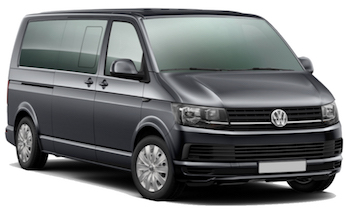
-
Green Motion From£ 18 /day
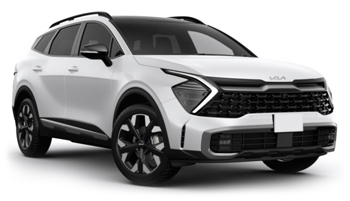
-
Top Rent-a-Car From£ 19 /day

-
Top Rent-a-Car From£ 18 /day

-
Top Rent-a-Car From£ 19 /day
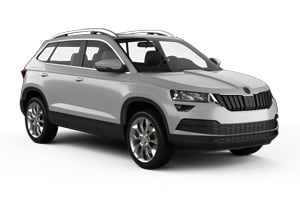
-
Top Rent-a-Car From£ 19 /day

-
Top Rent-a-Car From£ 22 /day

-
Top Rent-a-Car From£ 24 /day
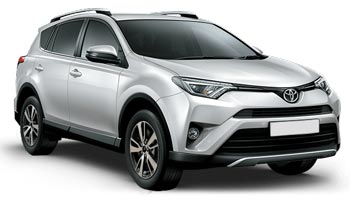
-
Top Rent-a-Car From£ 26 /day

-
Top Rent-a-Car From£ 29 /day
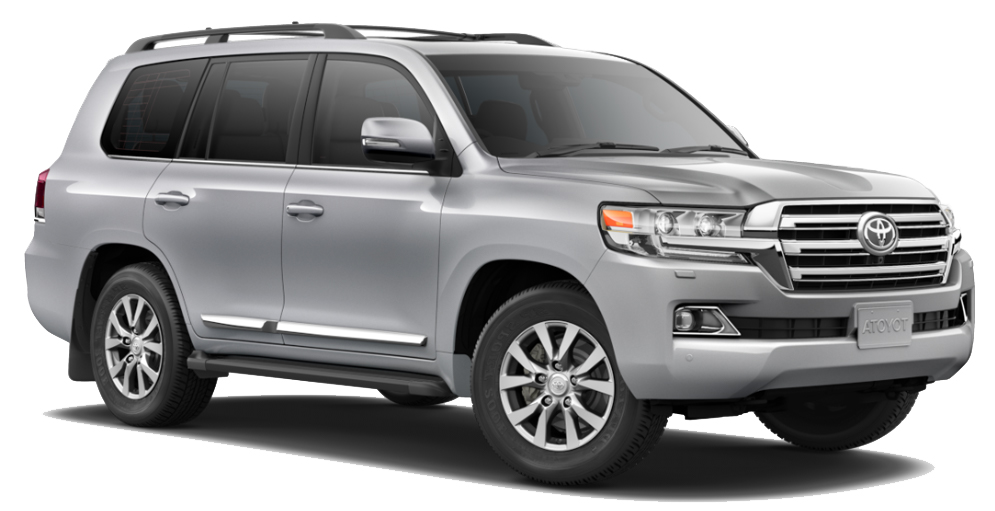
-
Avis From£ 30 /day -
Europcar From£ 53 /day
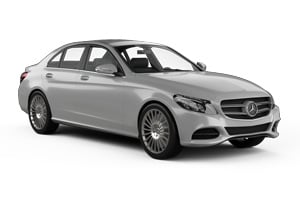
-
ACE Rent A Car From£ 26 /day
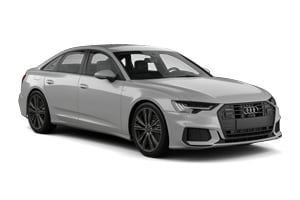
-
Thrifty From£ 28 /day -
Avis From£ 67 /day -
Budget From£ 71 /day

-
ACE Rent A Car From£ 32 /day
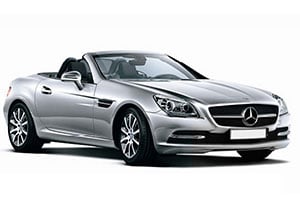
-
ACE Rent A Car From£ 31 /day -
Prime Car Rent From£ 112 /day

-
ACE Rent A Car From£ 37 /day -
Prime Car Rent From£ 117 /day
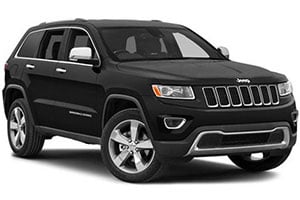
-
ACE Rent A Car From£ 35 /day

-
ACE Rent A Car From£ 42 /day
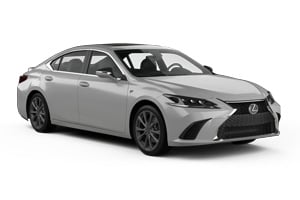
-
Sixt From£ 40 /day

-
Sixt From£ 44 /day
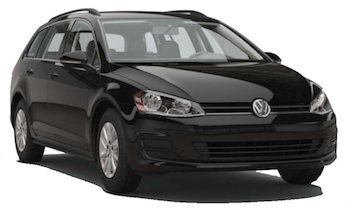
-
Green Motion From£ 10 /day -
ACE Rent A Car From£ 17 /day -
Europcar From£ 29 /day

-
Top Rent-a-Car From£ 10 /day -
Green Motion From£ 27 /day

-
Top Rent-a-Car From£ 11 /day -
Green Motion From£ 18 /day

-
Top Rent-a-Car From£ 12 /day -
Alamo From£ 15 /day -
Enterprise From£ 17 /day
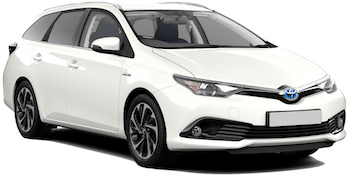
-
Thrifty From£ 14 /day -
Dollar Rent a Car From£ 21 /day -
Hertz From£ 21 /day
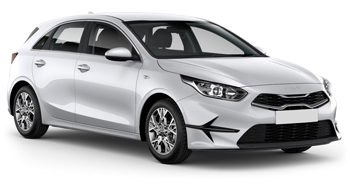
-
Top Rent-a-Car From£ 12 /day -
Alamo From£ 15 /day -
Enterprise From£ 16 /day

-
Thrifty From£ 13 /day -
Dollar Rent a Car From£ 15 /day -
Hertz From£ 16 /day
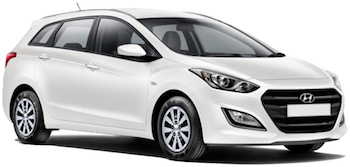
-
Top Rent-a-Car From£ 14 /day -
Alamo From£ 21 /day -
Enterprise From£ 22 /day
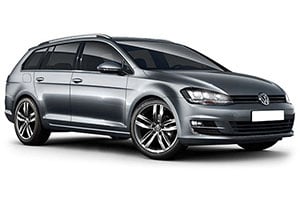
-
Panek From£ 14 /day -
Prime Car Rent From£ 29 /day

-
Green Motion From£ 18 /day
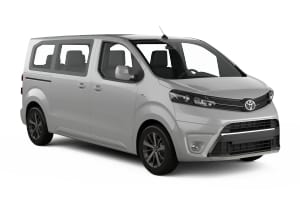
-
Top Rent-a-Car From£ 28 /day -
Flizzr From£ 28 /day -
Sixt From£ 33 /day
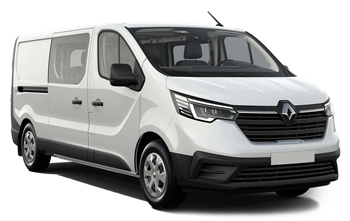
-
Top Rent-a-Car From£ 32 /day -
Keddy By Europcar From£ 51 /day -
Thrifty From£ 60 /day

-
Top Rent-a-Car From£ 28 /day -
Thrifty From£ 35 /day -
Keddy By Europcar From£ 45 /day

-
Top Rent-a-Car From£ 32 /day -
Flizzr From£ 36 /day -
Sixt From£ 39 /day
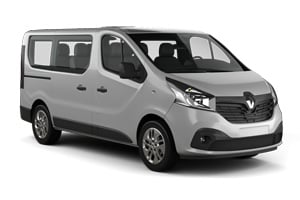
-
Dollar Rent a Car From£ 35 /day -
Thrifty From£ 36 /day -
Hertz From£ 36 /day

-
Europcar From£ 48 /day -
Top Rent-a-Car From£ 55 /day -
Keddy By Europcar From£ 59 /day
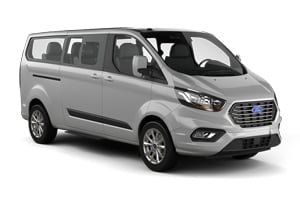
-
Keddy By Europcar From£ 54 /day

-
Keddy By Europcar From£ 59 /day

-
ACE Rent A Car From£ 31 /day

-
ACE Rent A Car From£ 37 /day

-
Green Motion From£ 8 /day -
Thrifty From£ 16 /day -
Hertz From£ 17 /day
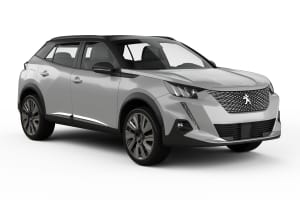
-
Green Motion From£ 11 /day -
Top Rent-a-Car From£ 15 /day
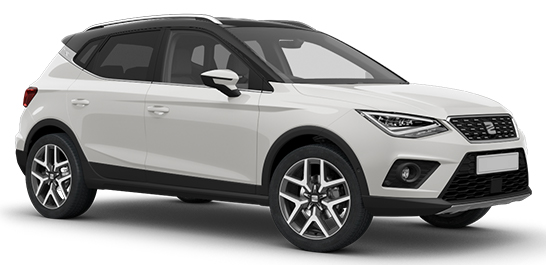
-
Top Rent-a-Car From£ 14 /day

-
Top Rent-a-Car From£ 12 /day

-
Green Motion From£ 12 /day -
Top Rent-a-Car From£ 19 /day -
Alamo From£ 22 /day
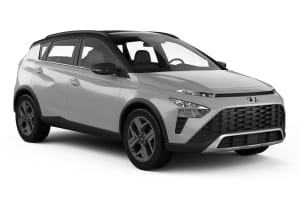
-
Top Rent-a-Car From£ 14 /day

-
Top Rent-a-Car From£ 13 /day

-
Top Rent-a-Car From£ 17 /day

-
Panek From£ 14 /day -
Alamo From£ 14 /day -
Enterprise From£ 18 /day

-
Europcar From£ 24 /day

-
Europcar From£ 28 /day
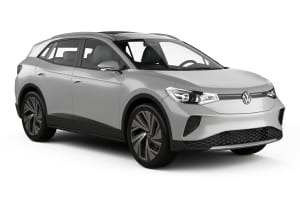
-
Avis From£ 73 /day

-
Avis From£ 87 /day

When to book a rental car in Lithuania
Lithuania - When is the most affordable time to rent a mini class car?
At this destination (Lithuania), March is the most affordable time to rent a mini class car with an average daily rate of
Lithuania - When is the most affordable time to rent a economy class car?
At this destination (Lithuania), March is the most affordable time to rent a economy class car with an average daily rate of
Lithuania - When is the most affordable time to rent a compact class car?
At this destination (Lithuania), March is the most affordable time to rent a compact class car with an average daily rate of
Lithuania - When is the most affordable time to rent an intermediate class car?
At this destination (Lithuania), February is the most affordable time to rent a intermediate class car with an average daily rate of
Lithuania - When is the most affordable time to rent a standard class car?
At this destination (Lithuania), November is the most affordable time to rent a standard class car with an average daily rate of
Lithuania - When is the most affordable time to rent a full-size car?
At this destination (Lithuania), September is the most affordable time to rent a full-size class car with an average daily rate of
Lithuania - When is the most affordable time to rent a luxury car?
At this destination (Lithuania), October is the most affordable time to rent a luxury class car with an average daily rate of
Lithuania - When is the most affordable time to rent a station wagon?
At this destination (Lithuania), February is the most affordable time to rent a station wagon with an average daily rate of
Lithuania - When is the most affordable time to rent a SUV?
At this destination (Lithuania), January is the most affordable time to rent an SUV with an average daily rate of
Lithuania - When is the most affordable time to rent a MPV?
At this destination (Lithuania), September is the most affordable time to rent an mpv with an average daily rate of
Lithuania - When is the most affordable time to rent a minivan?
At this destination (Lithuania), November is the most affordable time to rent a minibus with an average daily rate of
Lithuania - When is the most affordable time to rent a convertible?
At this destination (Lithuania), October is the most affordable time to rent a convertible with an average daily rate of
Lithuania - When is the most affordable time to rent a delivery van?
At this destination (Lithuania), October is the most affordable time to rent a van with an average daily rate of

Lithuania Guide
Lithuania is best explored by rental car. Carrentals.co.uk has over 4 pick-up locations in Lithuania. This means there is always a pick-up location close to your destination.
Most popular car hire locations in Lithuania
Driving
Lithuania is among northern Europe's most popular tourist destinations and offers diverse landscapes such as its highlands in the northeast, its lowlands in the northwest and its beaches along its Baltic Sea west coast. By car, visitors can enjoy the capital, Vilnius, and other highlights such as Kaunas and Klaipeda.
Driving Tips for Lithuania
Motorways in particular, are impressive although the surfaces of minor roads vary. Signposts are abundant along the Via Baltica and A1 roads. Drivers are expected to carry a warning triangle, a first-aid kit and a fire extinguisher, these will come with your hire car but it is worth checking.
Driving licences: UK drivers must carry a valid UK photo card driving licence. Should they have the old form of licence without a photo, it must be accompanied by photo ID.
Which side does Lithuania drive on: the right.
Speed limits:
Motorways: 68mph (110kph) from 1st November to 1st April and 80mph (130kph) from 1st April to 1st November
Rural areas: 55mph (90kph)
Built-up areas: 31mph (50kph)
Alcohol limits: 0.04 per cent compared with the British limit of 0.08 per cent. Alcohol levels above this limit can result in a fine or suspension of licence.
Driving age: 18 years.
Seatbelts: compulsory, if fitted, for all drivers and front seat passengers, who must be over 12 years of age or sat in a suitable child seat. Children under three years must be positioned in a suitable child seat.
Mobile phones and GPS: using a mobile phone while driving, unless with a hands-free device, is prohibited. GPS use is allowed and often advised as many maps have new roads missing from them.
Cost of fuel in Lithuania: petrol is slightly less expensive in Latvia than in the UK.
Car hire and fuel payment: most petrol stations accept credits cards and car hire suppliers will require you to have a credit card to swipe before taking the car.
Insurance: third-party insurance is included with car hire although excess insurance comes highly recommended.
Traffic and parking: driving around the capital, Vilnius, is not advised due to traffic jams caused by improvement work and a lack of parking spaces. Fines or clamps, are typical for violating parking laws.
Transport
Trains
Rail travel around Lithuania is considerably cheaper than in most western European countries but can be time consuming, with average journeys often spanning five hours. Tickets are not expensive, however, with a cost of around £4.00 for a ticket from Vilnius to Kaunas or around £4.50 to go from the capital to the Polish border. For timetables and reservations, visit Litrail.
Taxis
Lithuanian taxis are cheaper than those in the UK, especially if pre-arranged by phone as opposed to being flagged down on the street. Taxis in the capital, Vilnius, provide great value per kilometre, being around 30 pence, with longer trips in Vilnius costing typically between £3.50 and £4.50.
Buses
Buses between cities around the country are cheap. Toks and Busturas are considered to be the two best companies to travel with from Vilnius and Sialuliali, respectively. When travelling within a town or city, tickets must be purchased from a kiosk in advance. Buses around Vilnius coat 46 pence per trip, and van-taxis about 70 pence. Anyone brandishing an international student card can enjoy discounts of up to 50%.
Ferries
Klaipeda boasts Lithuania's main port, which makes travel from German cities such as Kiel and Sasnitz or from Karlshamm in Sweden possible. The main providers of these services are DFDS Seaways and Scandlines; tickets can be purchased online or through travel agents.
Airports
The largest international airport in Lithuania is Vilnius International Airport, situated 6 km from Vilnius, to the south. A new terminal opened here in 2007, greatly improving the facilities. Kaunas International Airport is the second busiest in Lithuania and lies in Karmelava, 14km from Kaunas. Palanga International Airport is smaller and is located near the Baltic Sea, in the western area of the country.
Explore
Exploring Lithuania
Most visitors begin their Lithuanian adventure in Vilnius, the country's largest city and capital, in addition to its most historic destination. Here, the UNESCO World Heritage Old Town can be enjoyed, while architectural gems such as Gediminas Castle, Three Crosses Hill and the Cathedral can be visited in the same day.
Second to Vilnius in both size and popularity is Kaunas, once a temporary capital of the country. It also boasts an Old Town and other wonders, including Kaunas Castle and the Wax Melting Furnace. The Communications History Museum, located in Rotuses Square, is among the most popular attractions in the country, and the Curonian Spit sand dunes are a talking point for their flora and white sand beaches.
Those that love summer festivals and being by the sea will no doubt adore the port city of Klaipeda. The city has been commended for the number of museums it boasts and its theatre square's main icon, the Annchen von Tarau sculpture.
Tourists with a preference for the great outdoors shouldn’t miss the opportunity to visit Aukstaitija National Park for its endless lakes, hills and forests. In summer, the park is especially popular with water sport enthusiasts.
Weather
Lithuania's climate ranges from maritime to continental, but is mild most of the year. In the winter, from December to March, temperatures can drop to as low as -6°C. During the summer, which runs from May to August and is generally considered to be the best time to visit, temperatures can top 30°C.
Practical information
-
CurrencyEuro
-
Driving directionRight
-
City speed limit50 km/h
-
Freeway speed limit90 km/h
-
LanguageLithuanian
-
Popular car categoryCompact
What most people want to know
The following questions and answers are a selection of the most popular questions. If you do not find the answer to your question, have a look at the Frequently Asked Questions page or contact us.
- Enterprise
- Europcar
- Dollar Rent a Car
- Avis
- Alamo
- Sixt
- Hertz
- Keddy By Europcar
- Flizzr
- Thrifty
- Your Rent
- addCarRental
- Top Rent-a-Car
- Goldcar
- Prime Car Rent
- InterRent
- Green Motion
- Panek
- Budget
- SurPrice car rentals
- NÜ Car Rentals
- National Car Rental
- Unirent Car Rental
- Carwiz rent a car
- Abbycar
- Street Rent a Car
- ACE Rent A Car
- Goldcar Key'n Go
- Rentis
- CarsRent